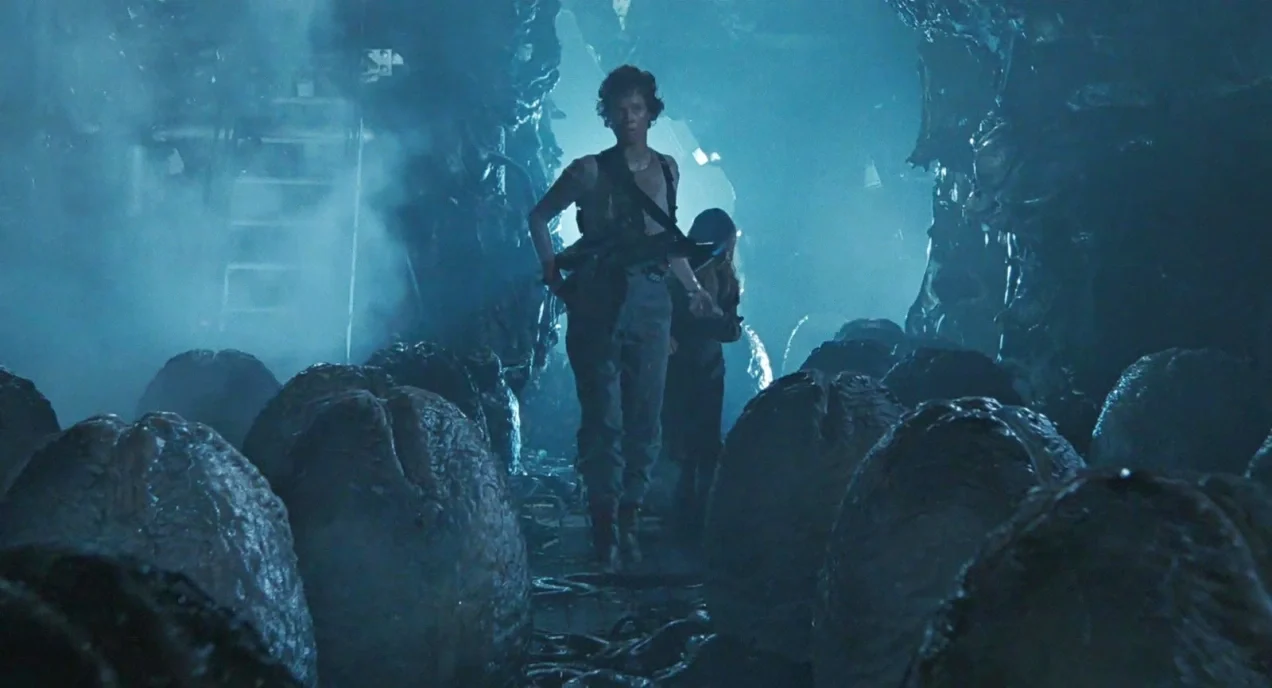
James Cameron’s ‘Aliens’ is a hugely influential sci-fi action film, but even this classic has a few minor mistakes and inconsistencies. Things like reversed shots, props appearing in different places, and numbers that don’t quite match up sometimes slip through the fast-paced editing and complex special effects. These small errors don’t affect the plot, but they’re interesting reminders of how easily details can get overlooked during a busy and intense movie production, especially when working with editing, sound, and practical effects.
Reversed Shots That Mirror Gear Placement

Some shots seem to have been flipped horizontally during editing, likely due to how the camera equipment displays things from left to right. This can cause details like weapons carried on the shoulder, microphone booms, or emblems on armor to appear on the wrong side from one shot to the next. While flipping a shot is a common way to fix the flow of action, it often creates inconsistencies with how things were positioned earlier. If equipment suddenly switches sides during a scene, it’s a strong indication that a shot has been mirrored.
Pulse Rifle Ammo Counters That Don’t Track Shots
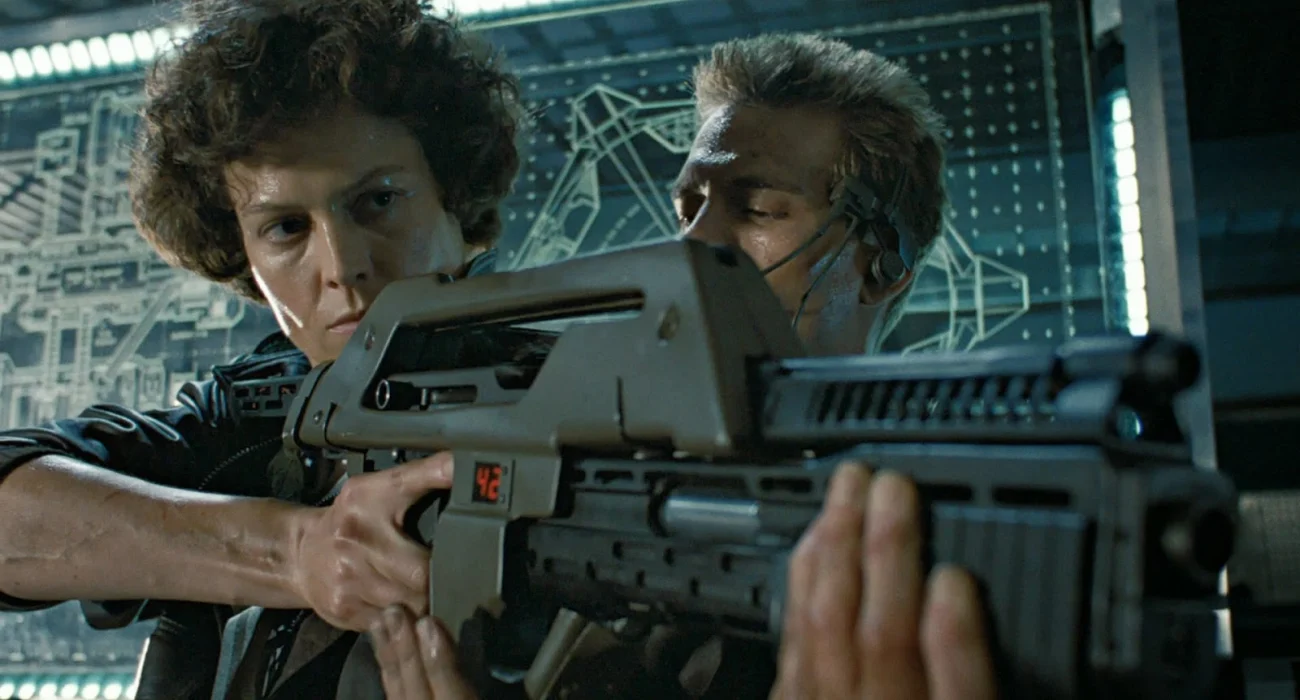
The digital round counter on the M41A pulse rifle frequently doesn’t match the actual number of shots fired. This is because the gunfire is created with many audio and visual effects added later in editing, meaning the counter seen during filming doesn’t always reflect the final shot length. Fast cuts between different camera angles also make the counter appear inaccurate. Ultimately, this creates a famous visual effect that doesn’t always line up with what you hear.
Motion Tracker Distances That Defy Timing
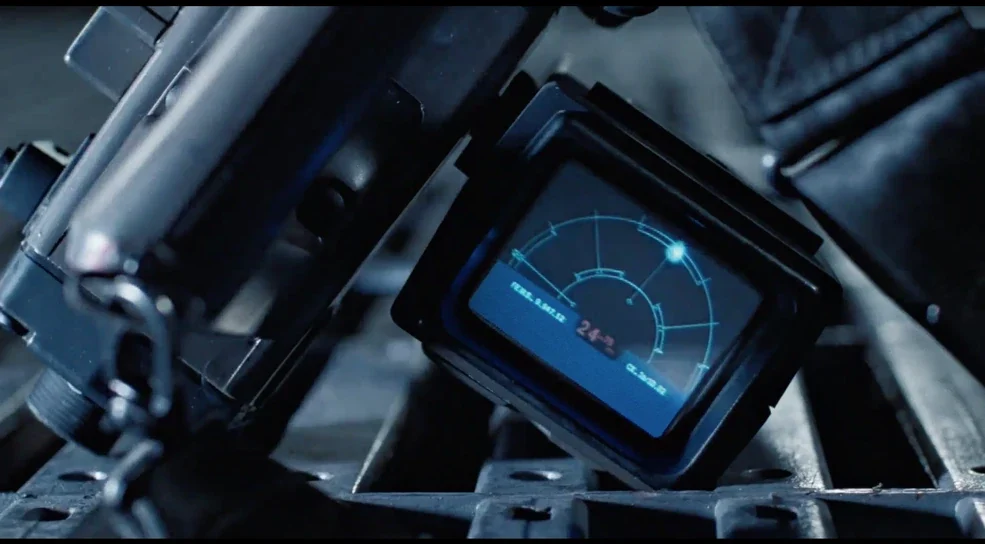
The distance readings on motion trackers sometimes suggest something is about to happen, but the actual encounter is delayed by several scenes. Editors often do this to build suspense, showing reactions instead of a continuous approach, which means the tracker readings don’t always match what’s happening on screen. The beeping sounds from the trackers also speed up or slow down to create tension, rather than accurately reflecting the distance. Essentially, the on-screen display is used to create a feeling of suspense, not to provide precise information.
Acid Blood Damage That Varies by Material
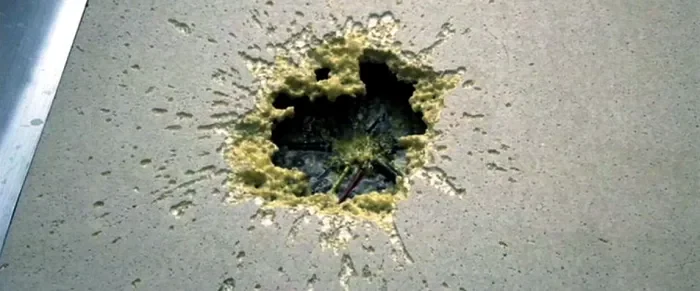
The alien blood in the Xenomorph films is known for dissolving through surfaces like floors and armor, but how quickly this happens isn’t always consistent. This is because the special effects used – foam, resin, or metal props – have limitations on how fast they can realistically appear to be eaten away. The filmmakers adjust the timing of these effects based on what’s possible with the physical setups. Editing can then speed up or slow down these moments to fit the movie’s overall pace, resulting in varying rates of corrosion even for the same materials. It’s a natural consequence of blending the story’s rhythm with the demands of practical effects.
Med-Lab Specimen Positions That Change Between Cuts
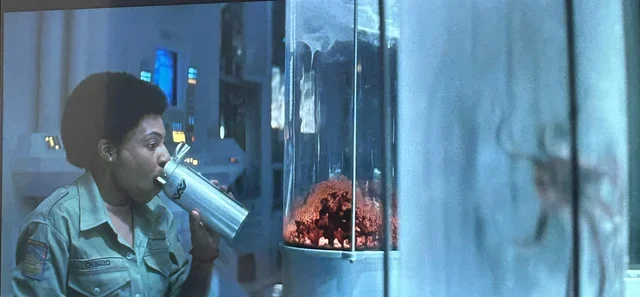
When filming the lab scenes, the facehugger props and their connecting tubes weren’t always positioned exactly the same way in every shot. This was due to unavoidable issues like movement when setting up each take, reflections in the glass tanks, and the need to refill those tanks to keep everything visible. The filmmakers focused on getting clear close-up shots of the creatures and bubbles, and wider shots that showed all the equipment. Because of these practical challenges, the placement of jars, hoses, and clamps would often shift slightly between shots.
Armor Markings and Wear That Don’t Stay Consistent
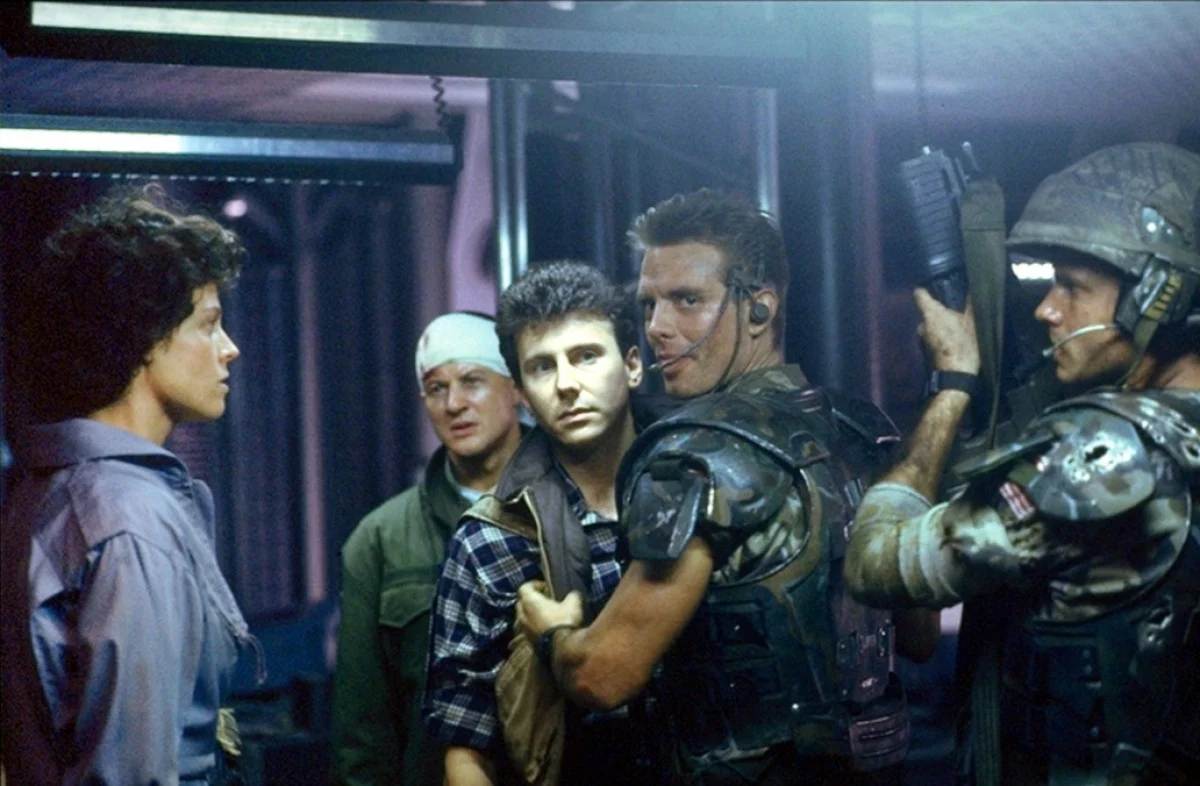
Okay, let me tell you about something really cool I noticed while rewatching this film. The Colonial Marines’ armor isn’t just a uniform; it feels *lived in*. Each suit has personalized details – names, little decals, even battle damage – and those details actually *change* throughout the movie. They weren’t just using one set of armor for every shot! They had multiple copies – for safety, and to show different levels of wear and tear – and seamlessly swapped them out depending on what was happening on screen. If you really look closely, especially in bright scenes, you can see slight differences in the paint and the way the stickers are placed. It’s a really subtle thing, but it adds to the realism. Honestly, it’s a classic problem for movies with a lot of special effects, but they handled it brilliantly here.
Dropship Crash Debris That Rearranges
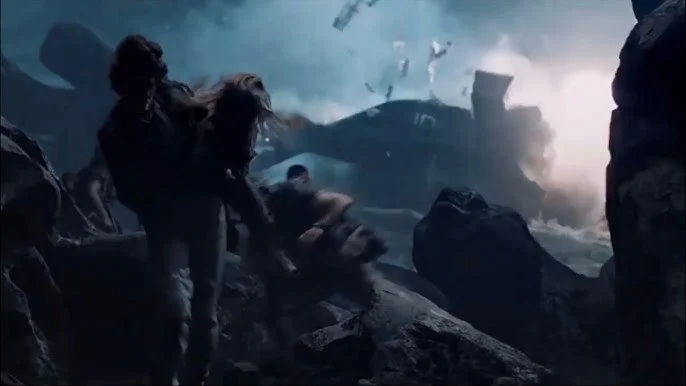
The debris shown outside the crashed ship doesn’t quite line up with what we see inside later on. This is because the different parts of the set – miniatures, full-size pieces, and digital effects – are built and filmed separately to get the best camera angles. When these different shots are quickly cut together to build excitement, perfect consistency in the wreckage isn’t always possible. The focus is on creating a powerful visual impact, so some details might shift slightly between shots.
Power Loader Rigging That Peeks Into Frame
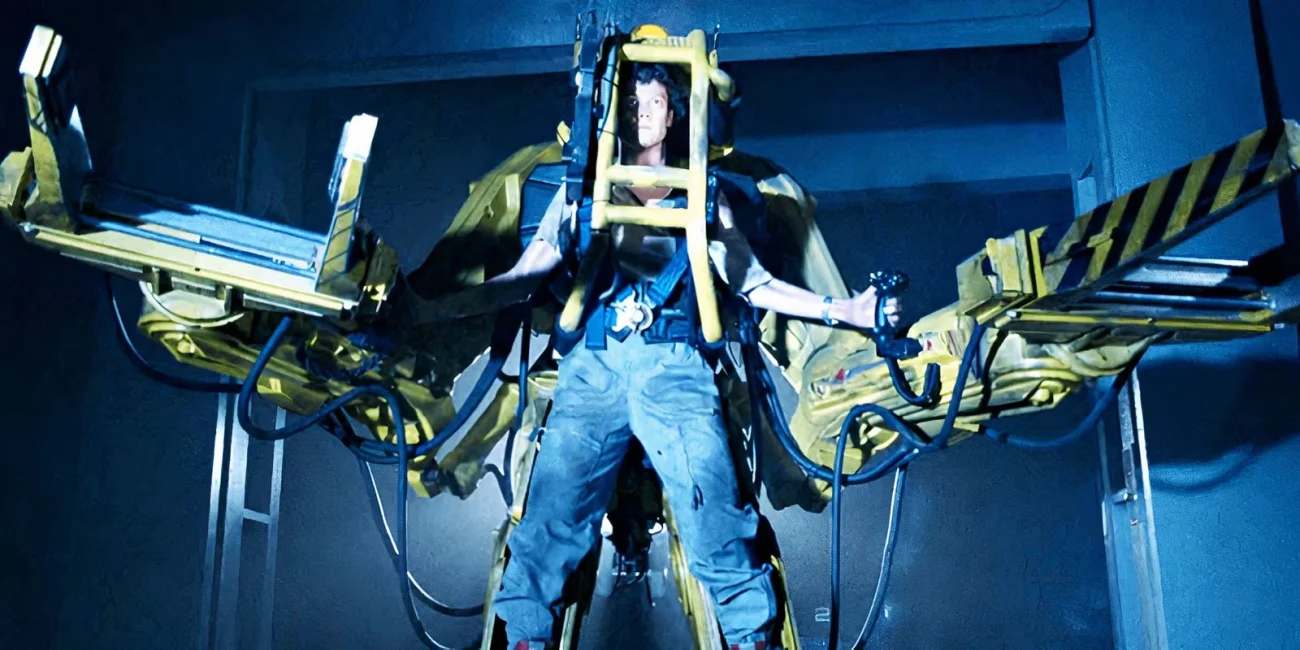
Creating the effect of the power loader involves a mix of the actor’s performance, puppetry techniques, and physical set pieces. Sometimes, the support structures used to make it work – like cables or hidden tracks – are briefly seen on screen. While quick cuts, steam, and lighting usually cover these up, certain camera angles can reveal a glimpse of the mechanics. This happens because the effect combines a real person’s actions with large, complex machinery.
Tracking Bracelet Hand-Off That Creates Timeline Confusion
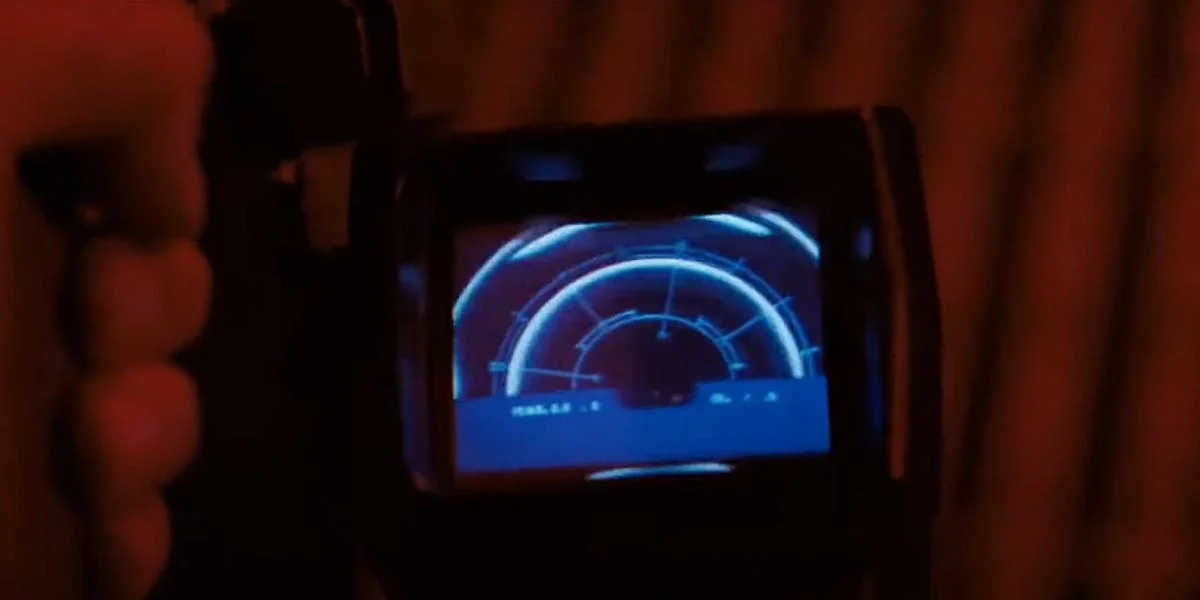
The tracking bracelet is important to the story, but how it changes hands during the rescue feels a little confusing. There are moments where it seems less time has passed since the last signal than what actually happened on screen. This is because the story speeds up to keep the tension high. While the bracelet’s purpose is always clear, the timing of events doesn’t always quite add up.
Sentry Gun Ammo Tallies That Don’t Match Bursts (’Special Edition’)
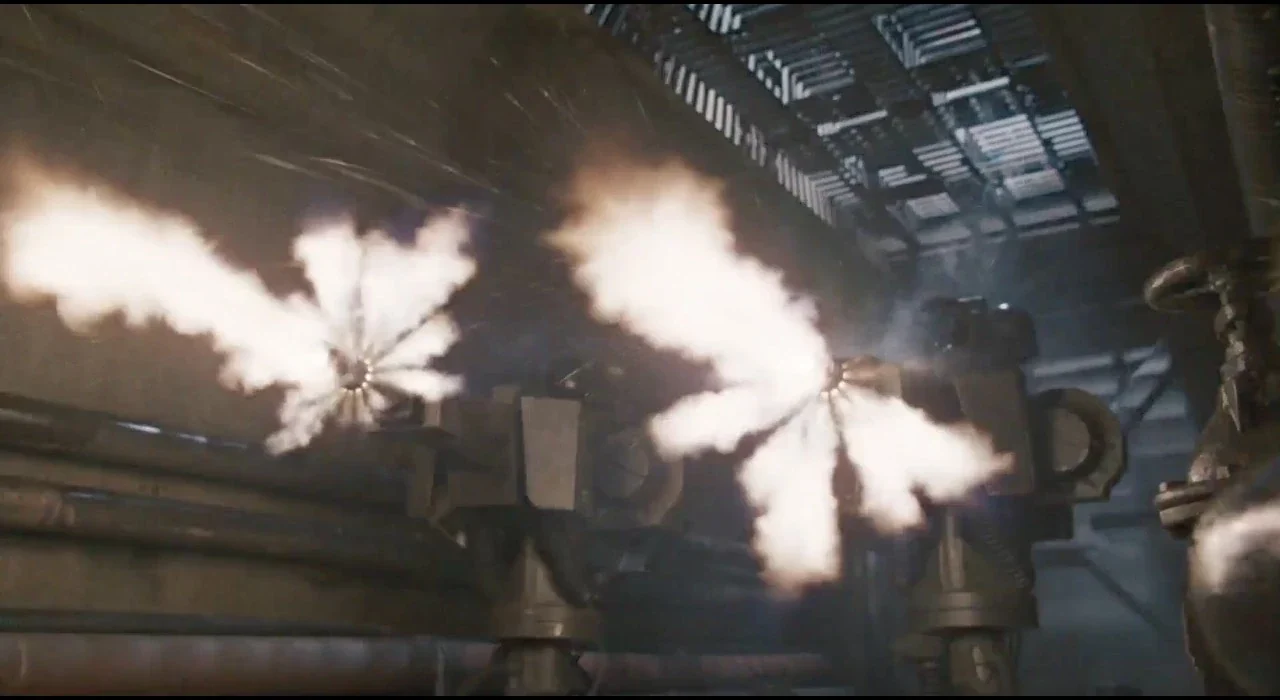
Let me tell you, the ‘Special Edition’ really nails the feeling of desperation when those automated turrets are running out of ammo. I noticed the little counters showing how many rounds were left sometimes didn’t *exactly* match up with the sounds of the guns firing. But honestly? It worked to my advantage. The editors cleverly cut between different turrets and hallways, so you weren’t fixated on each individual gun’s count. Plus, the numbers dropped in bigger chunks, which makes sense if you think about how those displays would look on the screens *within* the movie itself. It’s a smart touch – it gets the message across that they’re running low, and unless you’re doing the math, you won’t even notice the slight inconsistency. It’s a fantastic detail that adds to the tension.
Have fun spotting these little details when you watch again, and let us know about any errors you find in the comments!
Read More
- Leveraged ETFs: A Dance of Risk and Reward Between TQQQ and SSO
- Persona 5: The Phantom X – All Kiuchi’s Palace puzzle solutions
- How to Do Sculptor Without a Future in KCD2 – Get 3 Sculptor’s Things
- How to Unlock Stellar Blade’s Secret Dev Room & Ocean String Outfit
- 🚨 Pi Network ETF: Not Happening Yet, Folks! 🚨
- 🚀 BCH’s Bold Dash: Will It Outshine BTC’s Gloomy Glare? 🌟
- Bitcoin Reclaims $90K, But Wait-Is the Rally Built on Sand?
- Is Nebius a Buy?
- Quantum Bubble Bursts in 2026? Spoiler: Not AI – Market Skeptic’s Take
- Three Stocks for the Ordinary Dreamer: Navigating August’s Uneven Ground
2025-10-17 08:47